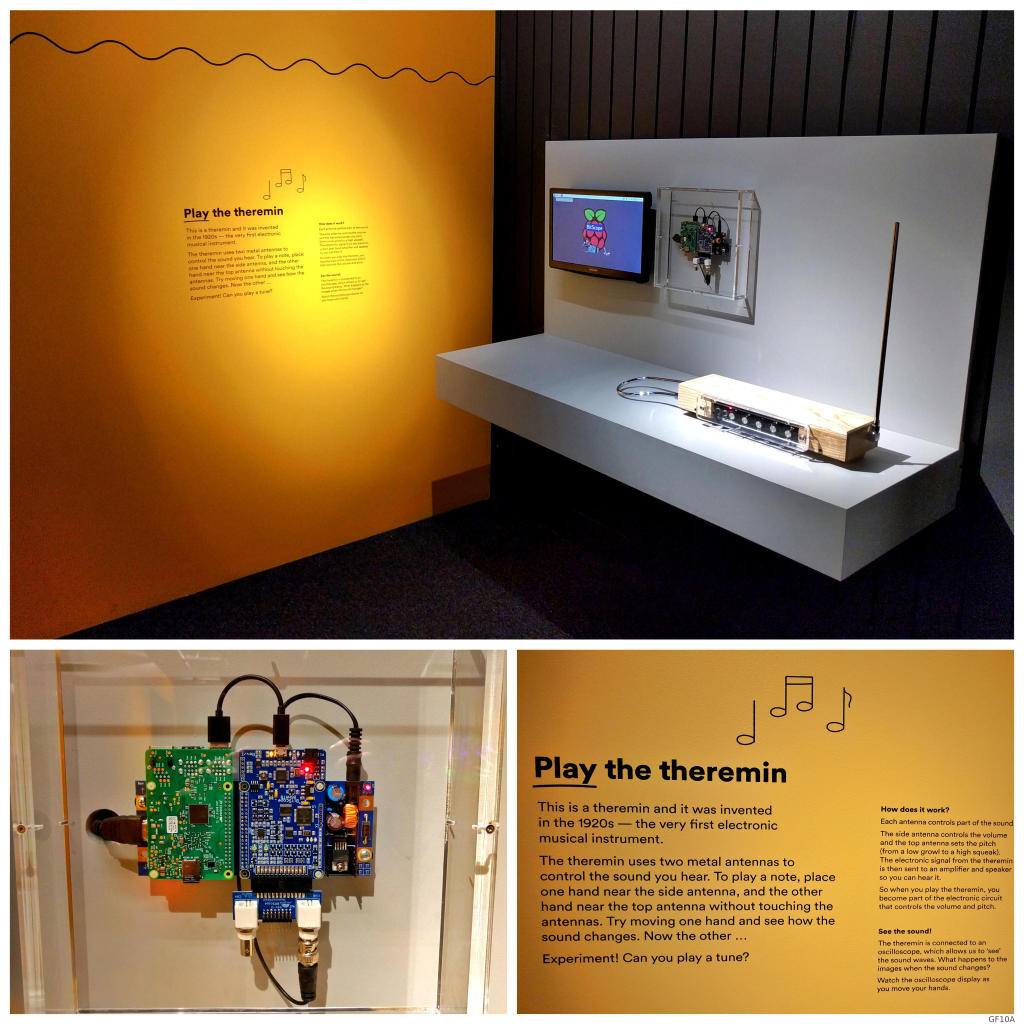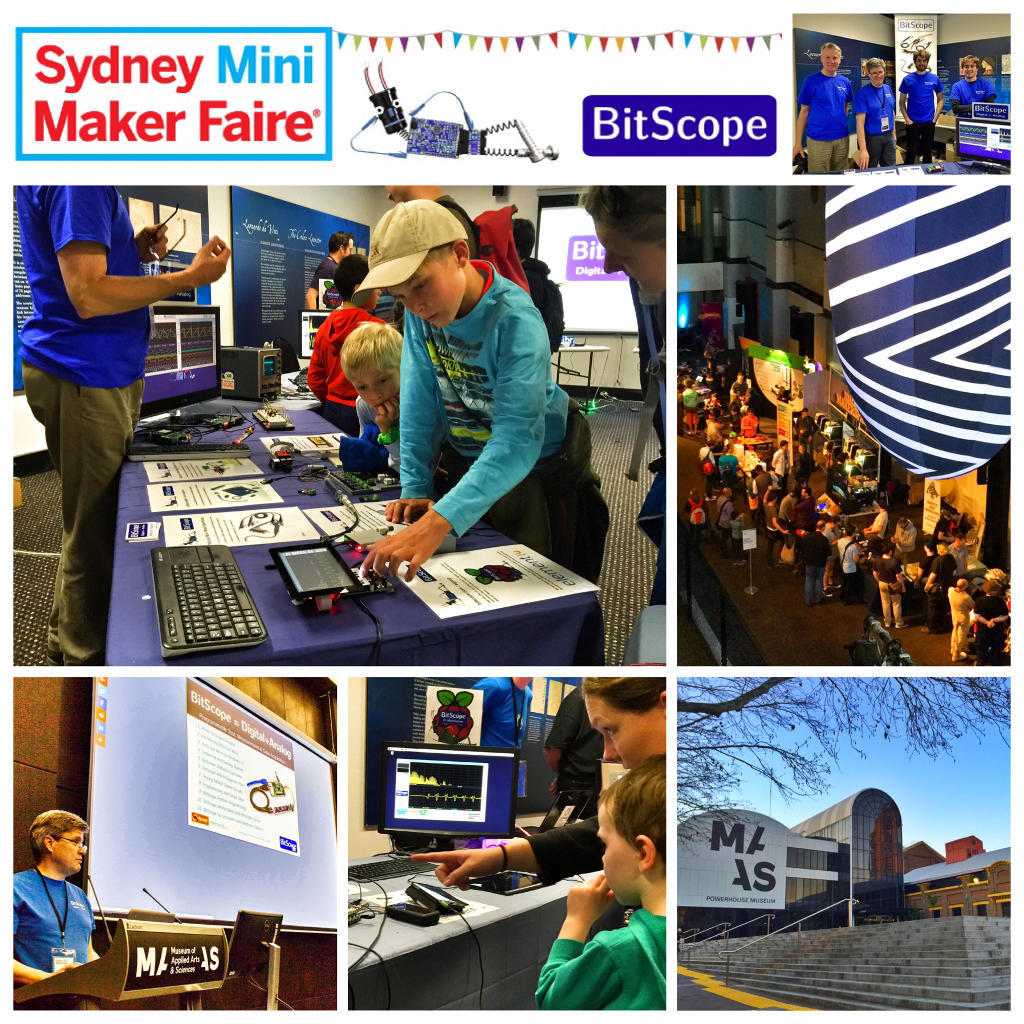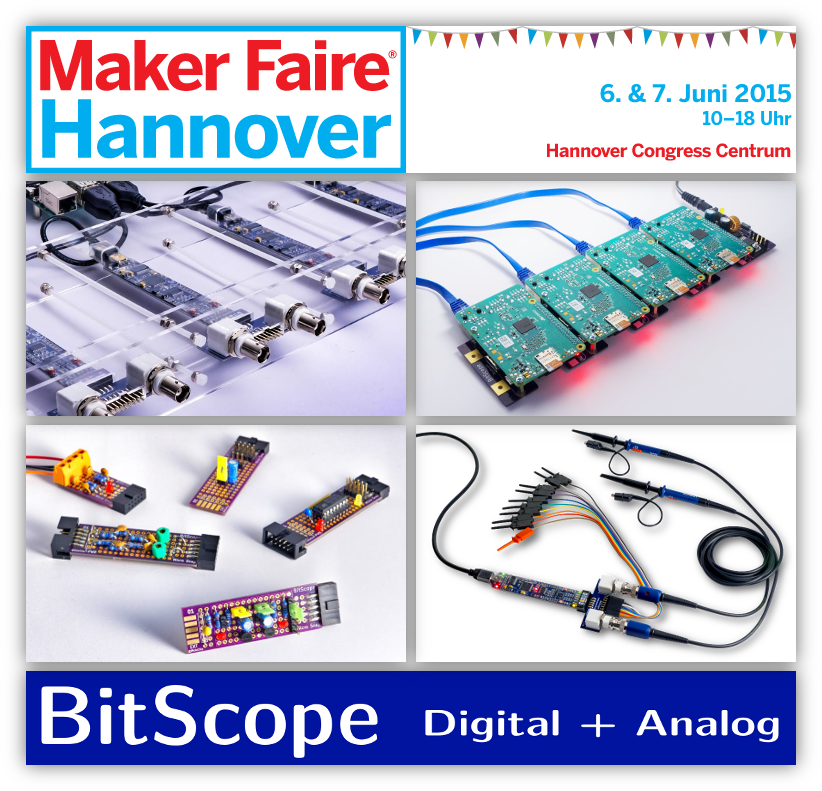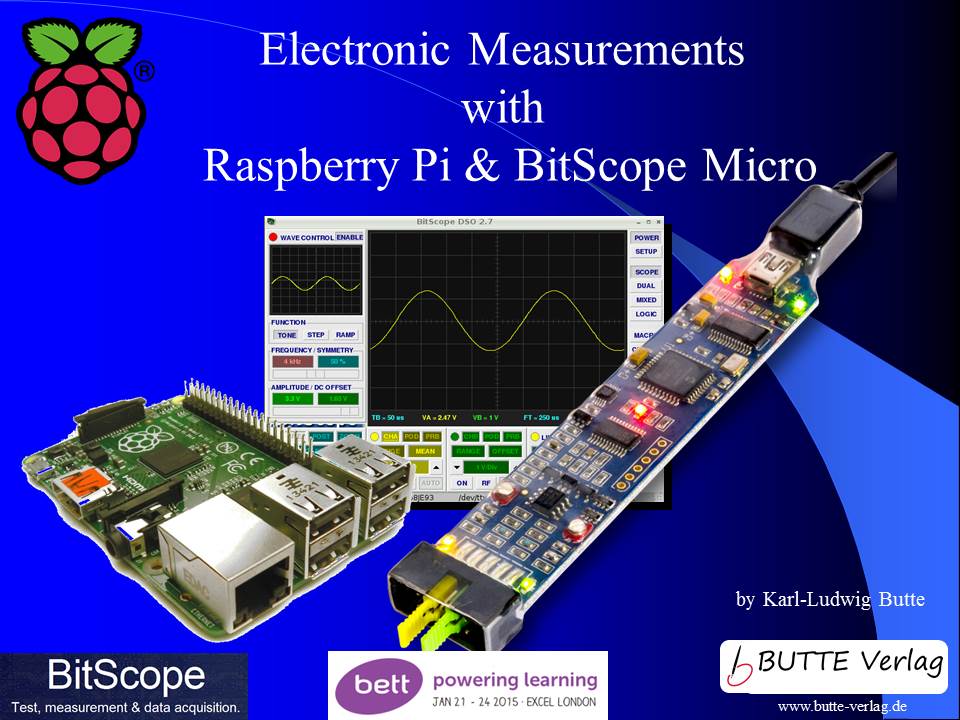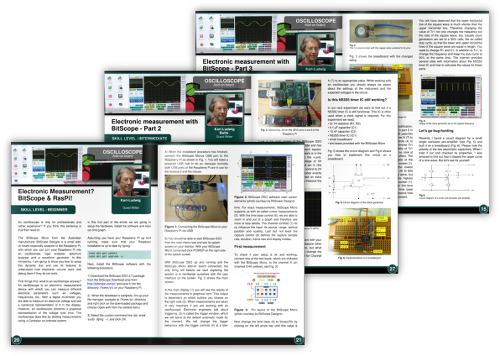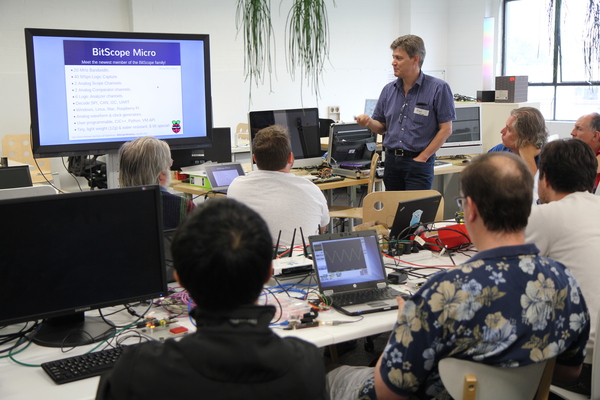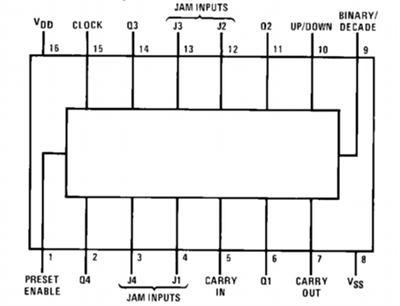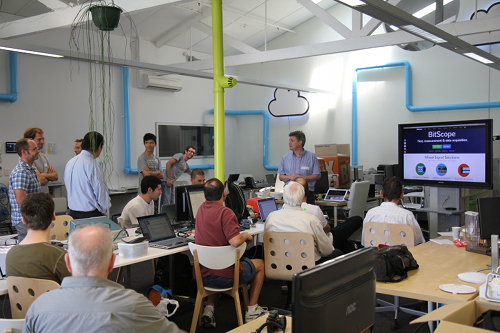An Interactive Museum Exhibit built with BitScope Blade.
The MAAS PowerHouse Museum↗ has created an interactive exhibit to demonstrate how a Theremin works.
A Theremin is a novel electronic musicial instrument, invented almost by accident by Leon Theremin in the 1920s.
The team at MAAS are advocates of learning by doing and having fun while you do it so they sought to create an entertaining exhibit where visitors play the theremin to hear and see the results while learning how it all works.
MAAS used BitScope Blade Uno together with a Raspberry Pi, BitScope and LCD monitor to build the exibit. Adding some low cost off-the-shelf parts, they had all they needed to build the installation.
We're very impressed with the system the MAAS team built. It was a great example of how to use BitScope, Blade and Raspberry Pi to create an exhibit.
It demonstrated how easy it is to build a reliable, hands-free embedded physical computing platform with Raspberry Pi and BitScope when power and mounting issues are resolved using BitScope Blade.
With the launch of the new BitScope Blade range with our friends at element14 earlier this week, we'll publish more examples like this for use in industrial and related embedded applications. Read More...
BitScope, Blade & Raspberry Pi at the Sydney Maker Faire!
We had a ball exhibiting BitScope Mini, BitScope Micro, BitScope Blade and full range of accessories at the recent Sydney Mini Maker Faire held at the MAAS Powerhouse Museum in Sydney last weekend.
During the course of the faire we were visited by makers, students, children and their parents, teachers and engineers.
We were impressed with how engaged visitors were with many expressing a keen interest in how electronics and computing can be used together to solve problems.
We used Raspberry Pi 3 to demonstrate BitScopes in various configuration as well as part of the Blade exhibits themselves.
We used our low cost compute platform built with Blade Uno and Raspberry Pi 3 to create workstations with which visitors could interract and control BitScope Micro and BitScope Mini scopes connected to various real-time exhibits.
From guitar playing to mixed signal electronic circuits on breadboards and cluster of Raspberry Pi crunching the numbers, we did our best to cover the full range of BitScope products and software.
Thanks also to our friends at element14 for helping with materials and offering three Raspberry Pi Starter Kits to match three BitScope Micro which we're giving away to three lucky visitors next week. Read More...
MAAS presents Picademy with Carrie Anne Philbin
If you're in Sydney next week, come and see Carrie Anne Philbin at a seminar and sample a Picademy workshop hosted at Thinkspace at the Museum of Applied Arts & Sciences, Wednesday August 5th!
Also presenting will be Nicky Ringland, one of the founders of Grok Learning and Outreach Officer for the National Computer Science School.
We've arranged this seminar with the help of MAAS, element14 and many others to present some key ideas in STEM education and physical computing using Raspberry Pi and partner products such as BitScope Blade and Pimoroni Explorer HAT. Read More...
BitScope Blade for Raspberry Pi at Hannover Maker Faire!
If you're in Hannover this weekend, come and see us at stand 85 at the Hannover Maker Faire !
Karl-Ludwig from Butte Verlag will present a session about Electronic measurement with Raspberry Pi and BitScope Micro.
He'll be explaining how to get the most from BitScope Micro & Raspberry Pi with examples including an IR controlled model elevator and some fault finding examples with electronic circuits.
We'll also be showing our new low cost Micro Snap prototype boards designed for BitScope Micro. They're ideal for all sorts of prototyping for makers working in educational and industrial fields.
We're also very excited to be exhibiting BitScope Blade, our new industrial power and rack mount system for physical computing using Raspberry Pi and BitScope Micro. You can use it to build network test, measurement and data acquisition solutions that scale to 32 analog and 96 logic channels with just 4 Raspberry Pi and 16 BitScope Micro! We'll have working prototypes on the stand. Read More...
BitScope Micro & Raspberry Pi in Education at BETT
Karl-Ludwig Butte from Butte Verlag will present at the British Educational Training and Technology Show (BETT).
He will explain how Raspberry Pi and BitScope Micro can be used together to create a platform for education in the fields of electronics, test and measurement.
Karl-Ludwig will join a host of others on the Raspberry Pi stand to run Picademy style workshops and share their passion for all things Raspberry Pi in education.
For his part, Karl-Ludwig will explain what BitScope Micro is and how to set it up with Raspberry Pi. Delegates will see what's possible using this mixed signal scope for Raspberry Pi with some demonstrations using entry level electronic circuits such as a clock generators and amplifiers. Other experiments will cover additional features of BitScope Micro such as the built-in waveform generator, logic analyzer and spectrum analyzer.
Karl-Ludwig will showcase a new mixed signal education lab for BitScope Micro too. Read More...
Electronic Measurements with BitScope & Raspberry Pi.
Karl-Ludwig Butte from Butte Verlag has written a highly accessible series about how to get the best from BitScope Micro and Raspberry Pi to make electronic measurements.
Part 3 is now available in this month's MagPi magazine so we thought it timely to provide a roundup of the first three installments. We'll add to this post as more are published!
In the first installment Karl-Ludwig explains what BitScope Micro is and how to set it up with Raspberry Pi.
He provides a very good beginner level introduction to using an oscilloscope with BitScope DSO which is free for BitScope Micro on Raspberry Pi.
In the following installments Karl-Ludwig explains in more detail how to make DC and AC voltage measurements and also how to measure period and frequency.
Karl-Ludwig then explains how to use the waveform generator to find a design fault in a typical pre-amplifier circuit.
To learn about BitScope Micro, see our tutorial videos and check future MagPi issues for more. Read More...
BitScope Micro Video Tutorial with Farnell element14
Recently Bruce presented a tutorial webinar hosted by Farnell element14 about BitScope Micro and Raspberry Pi.
He introduced BitScope Micro and demonstrated how it can be used with Raspberry Pi and some other systems to perform multi-channel mixed signal test and measurement.
Starting with an unboxing he showed how to set up and use the software and how to connect with other lab equipment, how use the waveform generator to learn how oscilloscopes work and even what power line hum looks like simply by putting his finger on an oscilloscope probe.
Using a tiny mixed signal circuit he explained how BitScope Micro can enhance an understanding of electronic circuits and mixed signal systems and he explained how to program BitScope in Python and other languages.
We've since repackaged this hour long webinar as a 12 episode video tutorial for BitScope Micro! Read More...
BitScope Workshop at OzBerryPi.
We were delighted to be invited back to engineroom on Sunday to present a BitScope Workshop for OzBerryPi.
A few months ago we presented a seminar about BitScope Ed to explain our thinking about project based learning, especially in the context of online education.
We discussed in general terms about how BitScope can bridge the gap between the online virtual and physical worlds. This time we drilled down into the detail of what this means in practice.
We demonstrated BitScope being used for test, measurement and data acquisition and how this can be used in education, especially when learning how to program physical computing environments like Raspberry Pi and Arduino or when working with electronic circuits. Read More...
Collaborative Solutions, Online & Interactive Education.
Last Thursday we were invited to present at Collaborative Solutions sponsored by NSW Trade & Investment.
It was an event for technology companies working in the education sector to meet with research, education and multinational corporations to explore new online and interactive educational solutions.
We presented ideas from BitScope Ed.
You can listen to our four minute pitch on the subject of project based interactive learning in the fields of Science, Technology, Engineering and Maths, also known as STEM.
Our focus is on using computer programming as a facilitating platform for problem solving projects built around low cost electronics such as Raspberry Pi and Arduino. Read More...
Powerhouse ThinkSpace Digital Learning
Recently we exhibited BitScope Ed at the Sydney Mini Maker Faire hosted by Powerhouse Museum.
We previously posted a review of the mini maker faire but we were very impressed with the Powerhouse Thinkspace Digital Learning Centre and Thinker1 Arduino prototyping board.
Thinkspace offers "learn by making" workshops in applied arts and sciences with various programs designed for school children, families, teachers, professionals and people with a disability. Thinkspace learning experiences are engaging, interactive and 100% hands-on.
They are very good examples of project based learning in action. Read More...
BitScope at the Sydney Mini Maker Faire.
Last Sunday we exhibited at the first Sydney Mini Maker Fair held at the Powerhouse Museum.
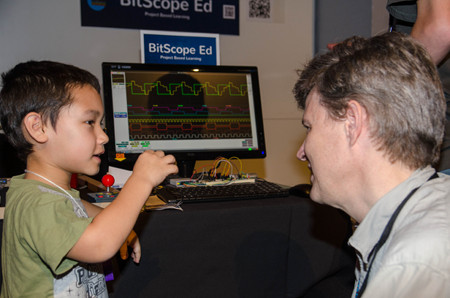
We were blown away by the popularity of the faire. Over 3000 people visited more than 50 exhibits, from robots to rockets to 3D printing and of course lots of Raspberry Pi, Arduino and other maker electronic projects.
We were there to exhibit BitScope Ed and seek feedback from visitors, teachers and other exhibitors about the idea of combining programming, electronics and BitScope.
We wanted to know if others agree that an education in electronics and programming can be very engaging and a lot of fun with low cost systems like Raspberry Pi or Arduino, some electronic components, prototyping boards and BitScope.
It seems they do! Read More...
BitScope Ed at the Sydney Mini Maker Faire!

If you are in Sydney this Sunday, come on down to the Powerhouse Museum and see us at the Sydney Maker Faire! We will be exhibiting BitScope Ed our educational project focused on making learning programming and electronics accessible and fun using BitScope. Read More...
Breadboard One | The 4 Bit Up/Down Counter.
Last month we introduced the Breadboard One Mixed Signal electronic projects lab. It is a simple mixed signal circuit which we're using to explain key elements of mixed signal systems.
Breadboard One comprises four primary circuits, the first of which is a 4 bit up/down counter. This is a purely digital component and we'll explain how it works and what its output looks like in this post.
The counter we use is the CMOS Logic CD4029. It is a member of the CD4000 family which has been in production for almost 40 years! There are newer logic families with the same functionality such as 74HC4029 but we'll stick with the original.
As you would expect, a counter counts. The block diagram shows the layout of the inputs and outputs of this component where Q4..Q1 are the four bits that comprise the binary encoded output that drive the BreadBoard's D/A convertor. Read More...
BitScope Ed at OzBerryPi, Presentation Review.
We were delighted to be invited to speak about BitScope Ed as part of the lineup at the OzBerryPi Sunday Meetup yesterday.
We joined other speakers and saw demonstrations of some amazing projects and ideas based on Raspberry Pi and Arduino. For our part Bruce spoke about the history, design and development of BitScope itself and our roadmap for BitScope in Education.
He described Mixed Signal Circuits and how a BitScope makes them easier to understand and he showed a pre-production prototype for a new product planned for the Raspberry Pi.
After the talk we were very pleased to see the level of interest expressed in the core idea behind BitScope Ed; we believe a practical education in programming and electronics can be made more accessible and a lot of fun using Raspberry Pi, Arduino, some low cost components and prototyping boards together with a BitScope. Read More...
Breadboard One | A typical Mixed Signal Circuit.
We designed Breadboard One as the first BitScope Ed project because it is a very simple mixed signal circuit which explains key elements of mixed signal systems.
A Mixed Signal Circuit is one which has both analog and digital components. In analog circuits the currents and voltages vary continously whereas in a digital circuits they switch between discrete values (high and low) to represent logical or numerical values.
Almost all modern electronic systems comprise mixed signal circuitry but the development methods and diagnostic tools you need to design and debug the analog and digital components are quite different. Read More...
BitScope Ed | An Educational Blog about Electronics.
We often get asked about designing and debugging electronics, microcontrollers, analog and digital circuits and other mixed signal systems. BitScope was designed with all these things in mind and we have long published circuit designs for BitScope itself. In recent years, building your own low cost electronic circuits has become very popular, especially with projects like Raspberry Pi and Arduino, and this has highlighted how many people want more practical and educational information to help them learn to design, build and most importantly, debug their own electronics projects. Read More...
